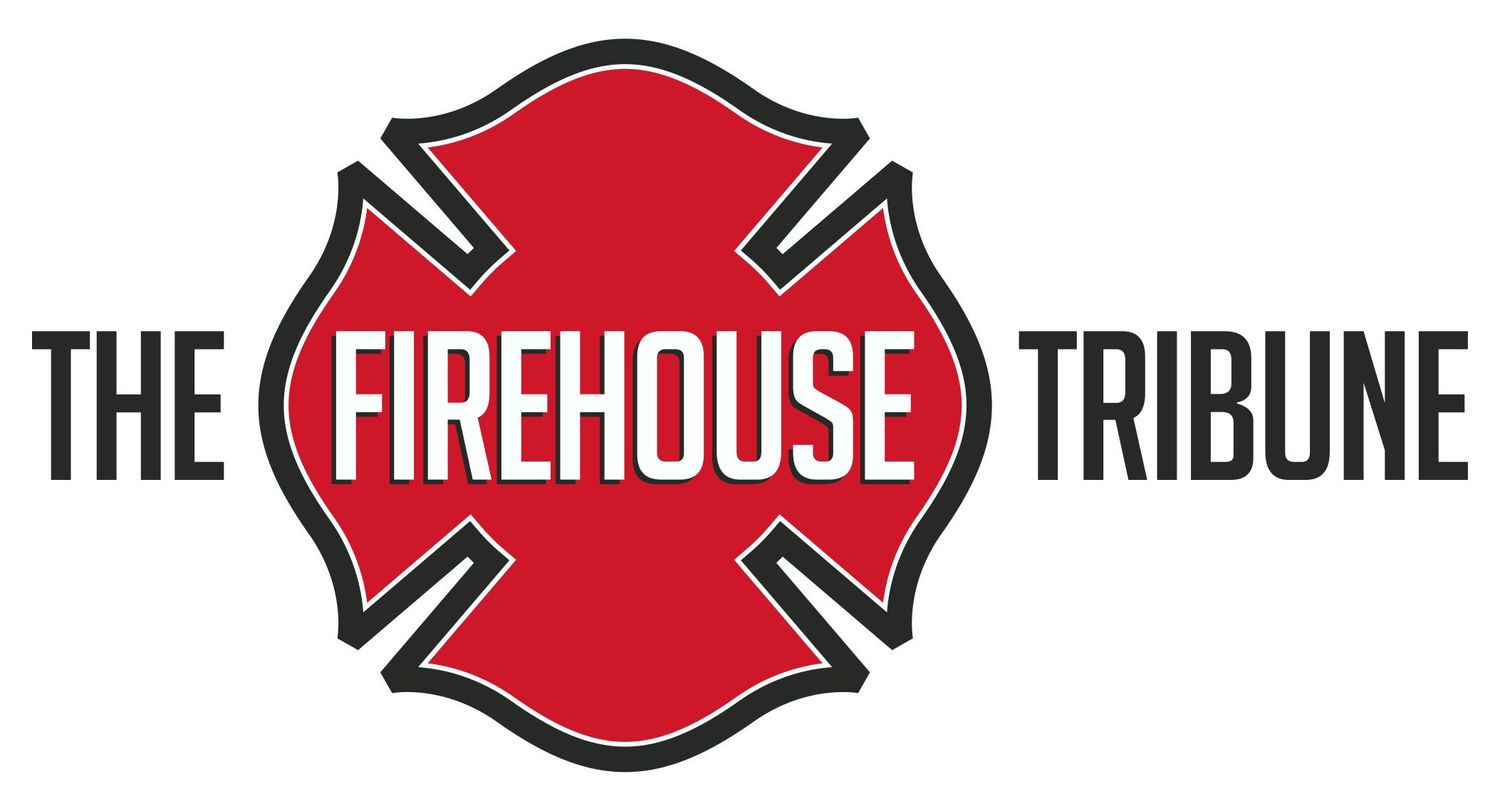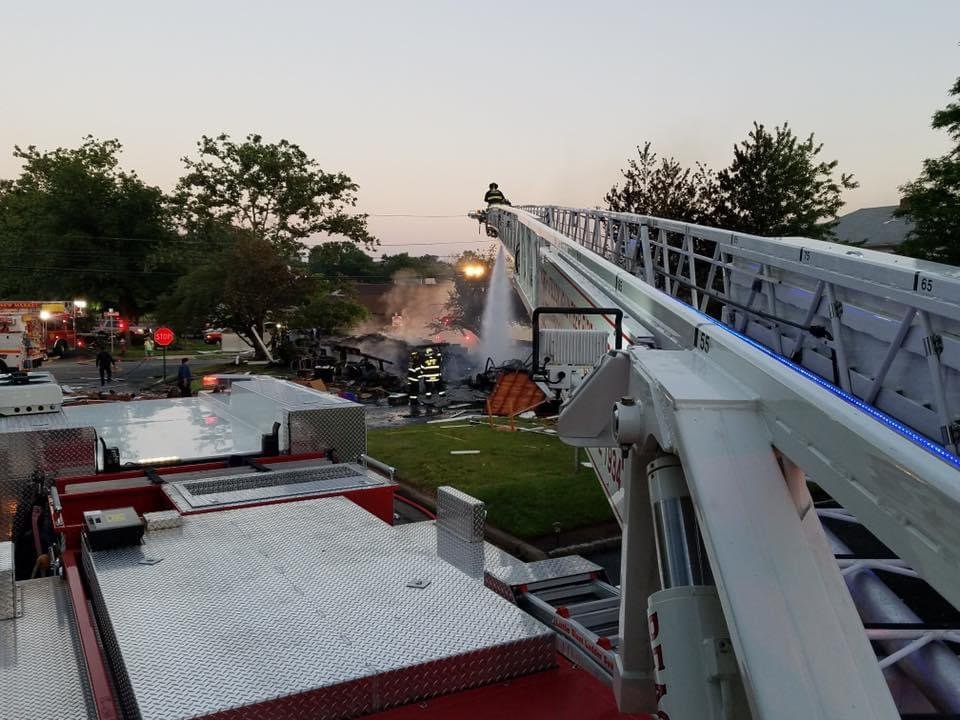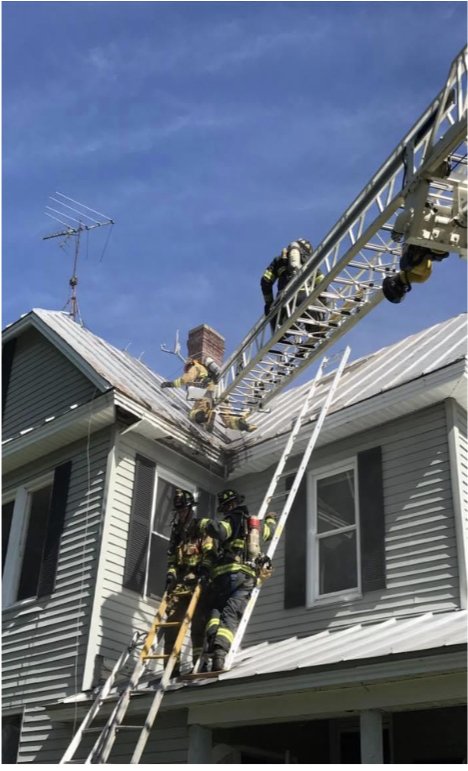The Truck Company Chauffeur
One of the most underrated and highly important firefighters on the truck company is the chauffeur and rightfully so for many reasons (outside vent, ladder operations, forcible entry, size-up). The responsibility of the role goes beyond providing truck company operations to the scene in the form of firefighters, ladders and tools but to also ensure they arrive safely to the scene and from there perform countless tasks on the exterior that are highly critical for the interior and exterior operations of the incident.
This firefighter is responsible for all things outside of the fire building.
Know the response area prior to the alarm. This comes from countless hours of training and pre-incident planning which leads to point number two.
Know the capabilities of the truck prior to arrival. The chauffeur must be able to determine where the truck is going to position itself at the scene. Oftentimes, it is the front of the building although this could change based on many factors such as, a setback structure, power lines, obstructions, needs of the truck and of course, the scrub zone.
Be responsible for or assist in throwing ground ladders to all sides of the structure single handedly as part of a 360 degree on-scene size-up.
Take notice of all entry points to the structure (side doors, belco doors) and where they lead. If possible, force the door for incoming crews but close them or leave them slightly cracked open once forced.
Identify or assist in identifying the utility shut offs during the 360 size-up
Assist interior crews. Have a fan near the front door ready to go, if needed by interior crews at their request based on the incident.
Get the aerial up prior to it being needed by firefighters inside or outside of the building.
Monitor all radio traffic for the IC. As we know, transmissions can get missed such as urgent messages and MAYDAYs and helps keep a general idea of where crews are operating inside the structure.
SCBA bottle swap. Assist firefighters exiting the structure with swapping out their initial bottle with their new bottle for faster entry back in or for their assistance going to rehab. Every little bit helps the recovery of firefighters working inside.
There are only a few areas a truck company chauffeur could assist with on-scene. Some could be completed by other firefighters on-scene. The list provided is for guidance only and not to be used as a replacement to the procedures set forth by your agency. Use these tips in training as options for limited or low staffing to start.
Until next time - work hard, stay safe & live inspired.



